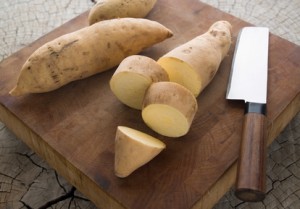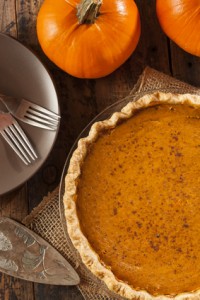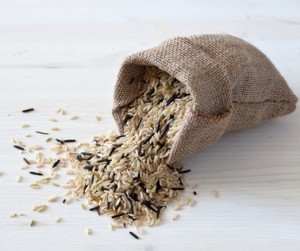 Formaldehyde in Johnson and Johnson products? For decades, Americans have come to believe that Johnson and Johnson’s products are perhaps the best choice for their babies. I know that when my boys were little, I was given lots of little samples of their shampoos, body washes and powders for babies.
Formaldehyde in Johnson and Johnson products? For decades, Americans have come to believe that Johnson and Johnson’s products are perhaps the best choice for their babies. I know that when my boys were little, I was given lots of little samples of their shampoos, body washes and powders for babies.
Now, Johnson and Johnson is finally yielding to pressure and changing the formulas of their personal-care products to remove known carcinogens: formaldehyde (released by the ubiquitous quaternium-15) and 1,4-dioxane. WHY WERE THESE ALLOWED TO BE IN THERE IN THE FIRST PLACE?
I think it’s because we’ve collectively fallen asleep at the wheel. I think most Americans assume, as I used to, that if it’s sold in a store, it must be safe because surely the FDA has tested it for safety. NOT TRUE.
Most people don’t know that ingredients applied to your skin bypass the liver, meaning that those toxins are free to float around your baby’s body and inflict harm.
The sad thing is that we’ve placed our trust in this and other companies because we’ve been led to believe, by millions of dollars spent on marketing and advertising, that their products are safe.
The really sad thing is that our children are being born pre-polluted, and adding known carcinogens to their personal-care products is only hastening the time that they reach toxic overload. This is one of the, if not THE, main reason why there is an epidemic of children’s chronic illnesses today, such as autism, ADHD, allergies, asthma and autoimmune. As Jon Stewart said, “And that’s just the A’s”.
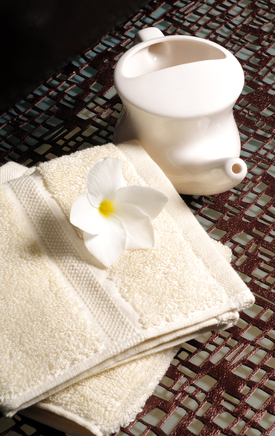 If you have a cold or sinus infection, using a neti pot is one of the best things you can do to relieve your congestion and infection. You’re probably wondering, though, “How do I use a neti pot?”
If you have a cold or sinus infection, using a neti pot is one of the best things you can do to relieve your congestion and infection. You’re probably wondering, though, “How do I use a neti pot?” I interviewed Jennifer Margulis, author of “The Business of Baby: What Doctors Don’t Tell You, What Corporations Try to Sell You, and How to Put Your Pregnancy, Childbirth and Baby Before Their Bottom Line”.
I interviewed Jennifer Margulis, author of “The Business of Baby: What Doctors Don’t Tell You, What Corporations Try to Sell You, and How to Put Your Pregnancy, Childbirth and Baby Before Their Bottom Line”. I’ve said it before, and I’ll say it again: Sugar is as addictive as drugs! Sugar activates the same pleasure centers in your brain that hard drugs like morphine and heroin do, and you get a dopamine rush from consuming it. No wonder it’s so hard to give up!
I’ve said it before, and I’ll say it again: Sugar is as addictive as drugs! Sugar activates the same pleasure centers in your brain that hard drugs like morphine and heroin do, and you get a dopamine rush from consuming it. No wonder it’s so hard to give up!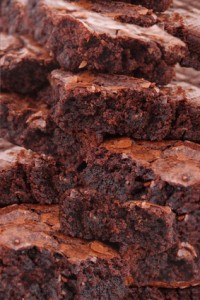
 A lot of people are going gluten-free these days – is gluten free hype or a real and growing trend?
A lot of people are going gluten-free these days – is gluten free hype or a real and growing trend?
